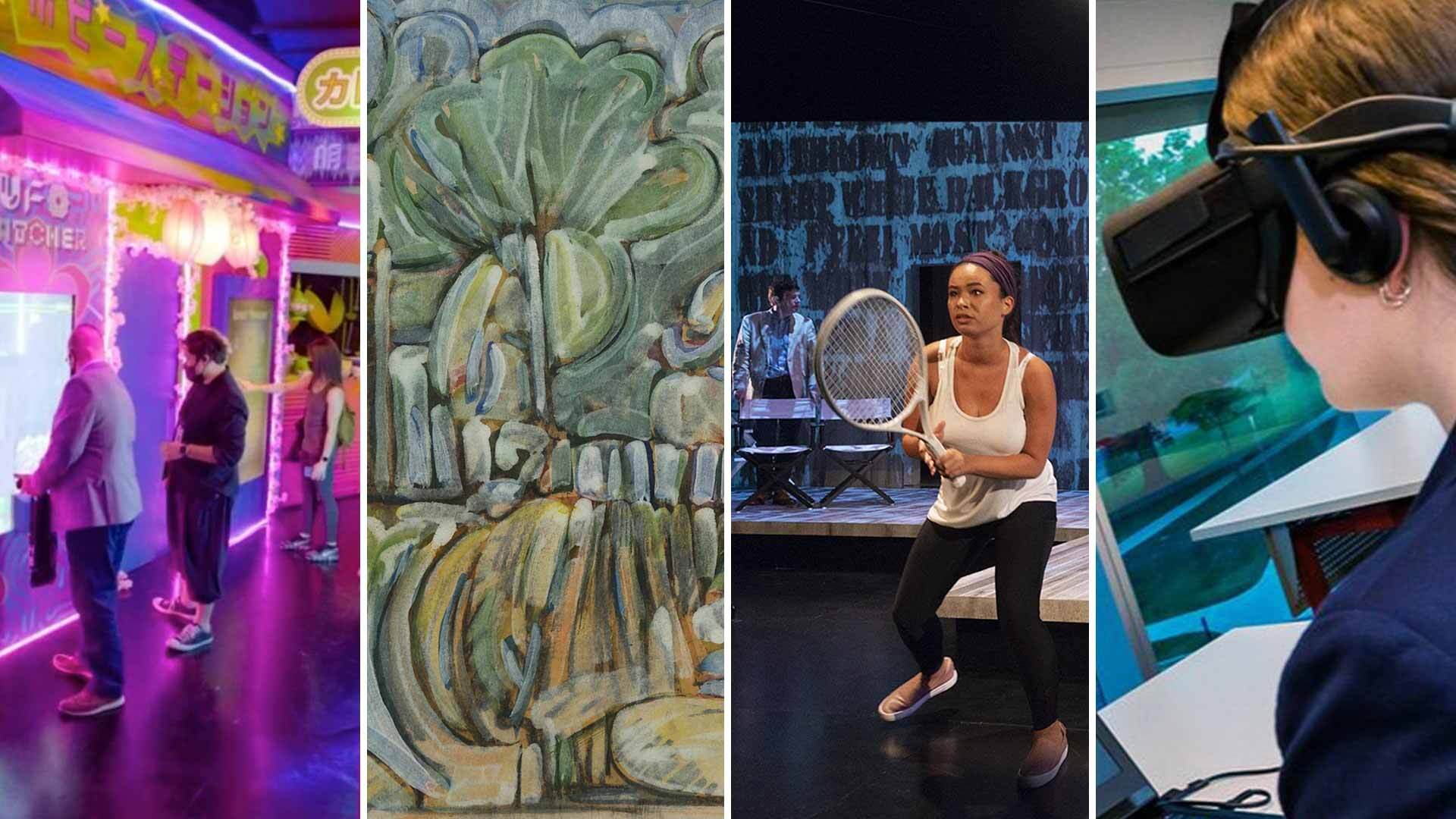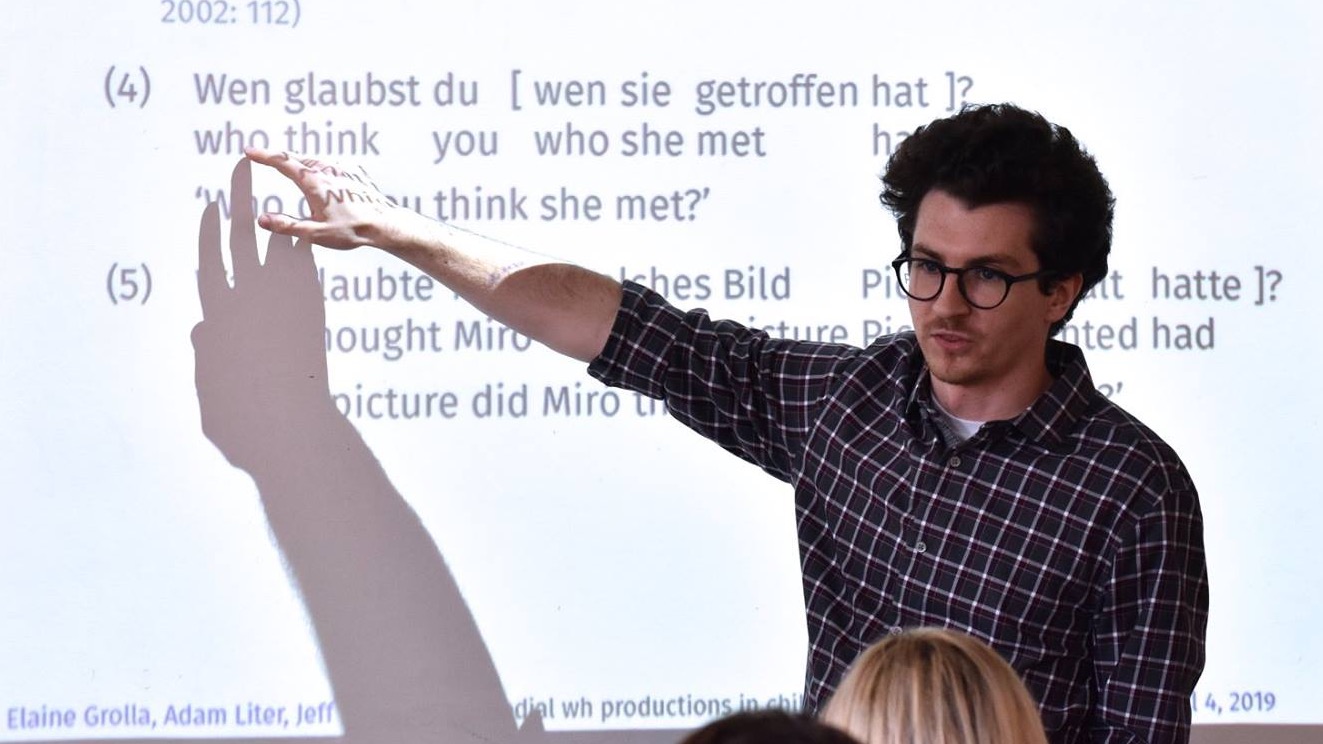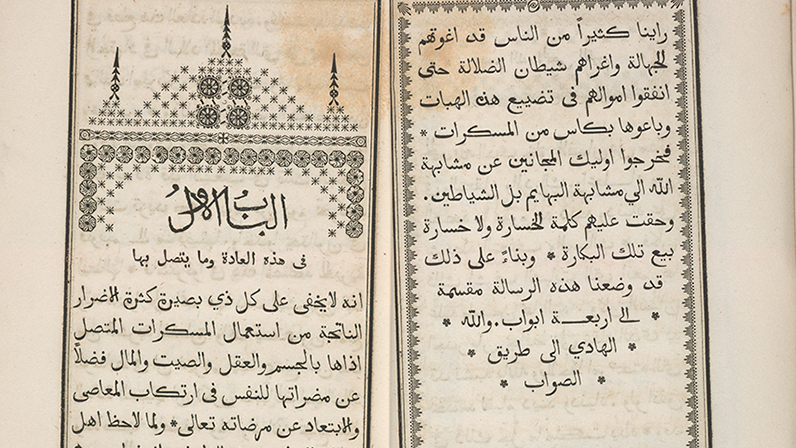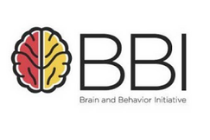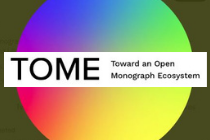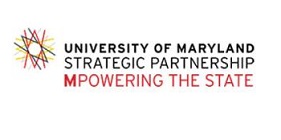This commentary sheds light on some of the most creative online campaigns which have been launched to counter Islamophobia and overcome the negative stereotypes and skewed (mis)representations of Islam and Muslims, especially in the West. It provides a number of scholarly definitions of Islamophobia and explains why, and how, social media could act as a double-edged sword, which may fuel Islamophobia, on the one hand, while providing effective tools to counter it, on the other hand. It highlights several examples illustrating both effects of the social media, while focusing on the factors behind the success of some online countering Islamophobia campaigns, such as the amplification of Muslims’ voices, including gendered voices; the deployment of humor; and the selection of suitable strategies, tactics, and tools. It concludes with a few thoughts on what needs to be done to ensure the success and continuation of countering Islamophobia efforts, moving forward.
Introduction
Muslims globally are using the internet, not just as a window to see and be seen by the rest of the world, but also as a tool with which to push back against the many attempts to sideline them, profile them, stigmatize them and silence them.1 Their efforts to deploy digital media as a platform that gives voice to the voiceless, thus helping them to amplify and spread their messages, became particularly important in the midst of the rising wave of Islamophobia after 9/11, especially in the West. With the alarming increase in incidents of hatred against Muslims worldwide and the dangerous new wave of Islamophobia that has been witnessed more recently, many Muslims have resorted to online campaigns to fight against negative misrepresentations, rectify their images, and spread correct awareness about their faith and traditions, their multifaceted identities and lived realities. This commentary provides various examples illustrating how different groups of Muslims are engaging in tireless online efforts to achieve all of these goals.
Definitions of Islamophobia
The idea of fearing a certain group of people because of their culture, race, traditions, religious beliefs, or simply because they are different is not new. It has been around for centuries. This process of ethnic, racial, and religious profiling has been commonly referred to as stereotyping. One example of the process of profiling and stereotyping the ‘Other’ is Islamophobia.
Islamophobia could be defined as “an exaggerated fear, hatred, and hostility toward Islam and Muslims that is perpetuated by negative stereotypes resulting in bias, discrimination, and the marginalization and exclusion of Muslims from social, political, and civic life.”2 Its spread has prompted “an increasingly visible ‘backlash’ against Muslims across Europe and the United States.”3 The term ‘backlash’ encompasses all of the negative messages received by Muslims and all harmful acts against them, whether physical, psychological, or both. This includes the controversial cartoon drawings of Prophet Muhammad by Danish artists in 20064 that triggered negative reactions among many Muslims and some non-Muslims.
Some authors define Islamophobia as “an unfounded hostility towards Muslims, and, therefore, fear or dislike of all or most Muslims,”5 while others define it as “an allegedly irrational fear of losing life or liberty to Islamic rule merely because the laws, sacred texts, and traditional practices of Islam demand the submission of culture, politics, religion, and all social expression.”6 This last definition, unlike previous ones, mentions ‘losing life’ as a direct result of Islam. This fear could be attributed to the fact that many terrorist attacks are covered extensively and disproportionately, on national media in the West, especially if the attacker happens to have an Arab or a Muslim name, creating an association in the minds of Western audiences between Muslims and acts of terrorism. However, only a very tiny fringe of the world’s 1.8 billion Muslims support terrorism, let alone engage in it.
There is no doubt that the rise of recent international trends, such as right-wing politics, populism, and White Supremacy, and the rhetoric associated with them, especially from some of the political leaders in Europe and the United States in recent years, have fueled Islamophobic sentiments, resulting in attacks on mosques, Islamic centers, and Muslim individuals on an unprecedented scale. These Islamophobic acts have a greater impact on those with visible Muslim identifies, such as women who wear the hijab (Islamic headscarf), for example.
Muslims in Europe suffer from different forms of discrimination, including racial and religious profiling, and sometimes even restrictions on their rights to adhere to various aspects of their Muslim faith. One glaring example is France’s repeated efforts to impose restrictions on Muslim women’s religious attire. The most recent of such efforts is France’s 2021 decision to ban girls under eighteen years of age from wearing the hijab in public, and prohibiting mothers wearing the hijab from accompanying their children on school field trips.7 These decisions are just the latest among a series of actions by the French government aimed at restricting the hijab in France.8 These include banning the wearing of the hijab in public schools in France, banning the burkini (the modest, religiously compliant swimwear worn by some Muslim women), and banning the niqab (full-face covering) by law in 2010 –an action that was subsequently critiqued by the UN Human Rights Commission as an unjustified decision that disproportionately targets the minority of Muslim women who wear it, thereby violating their rights of religious freedom.9
Islamophobia has been steadily on the rise in the United States since the terrorist attacks of 9/11, which marked a seismic geopolitical shift in the portrayal of Muslims across the media. It changed people’s perceptions of Islam and made them anxious and fearful of an entire group of people. The attacks made people wonder if all Muslims were extremists and, if they were, when would they attack again? Given that thousands of people died that day, they were right to fear terrorists, who belong to extremist groups like al-Qaeda. However, the problem was the proliferation of overgeneralized stereotypes that are still widespread, even though terrorist groups represent only a tiny fraction of the world’s 1.8 billion Muslims.
Already a problem, Islamophobia became exponentially much worse after President Trump came to office in 2016. During his presidency, some of the most prominent Islamophobes launched campaigns online, using the internet to spout hatred and fuel anger and discrimination against immigrants and minorities in general, and Muslims in particular.10 This new wave of Islamophobia during Trump’s presidency extended beyond mere rhetoric to include serious discriminatory policies targeting Muslims, such as the infamous Muslim Travel Ban,11 which was revoked by President Biden on the first day of his presidency.
As the above discussion clearly illustrates, we must acknowledge the complexities and nuances of the concept of Islamophobia by situating it within the appropriate historical, social, political, and cultural settings, as well as the appropriate temporal and spatial contextualization. Like all forms of discrimination and xenophobia, Islamophobia is part of an ever-evolving, multifaceted and elusive process that takes different forms; and is expressed through various manifestations, based on a multitude of underlying factors and shifting influences.
Click here to read more.

